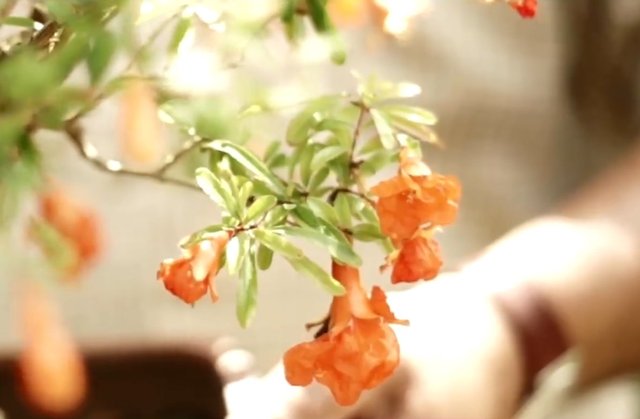In Japan, the Pomegranate, or Punica granatum, has been cultivated as a bonsai since the beginning of the last century.
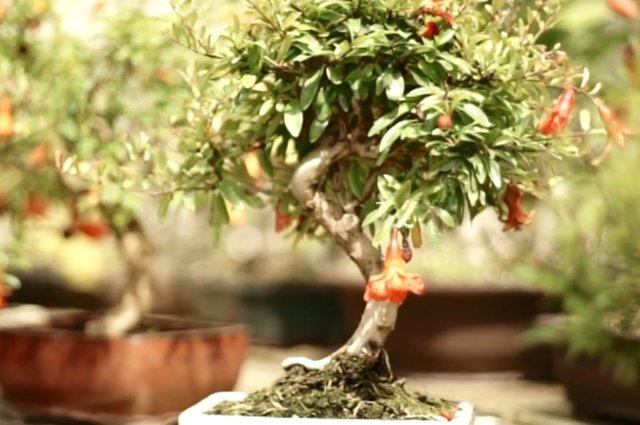
In Japan, the Pomegranate, or Punica granatum, has been cultivated as a bonsai since the beginning of the last century. It is very suitable for bonsai modeling.
Punica granatum as a bonsai.
In Japan, the Pomegranate, or Punica granatum, has been cultivated as a bonsai since the beginning of the last century.
It is very suitable for bonsai modeling: it bears drastic pruning and continuous stapling of the buds, it is easy to collect, to root and also it has a great growth vigor, as well as adapting very well to the pot.
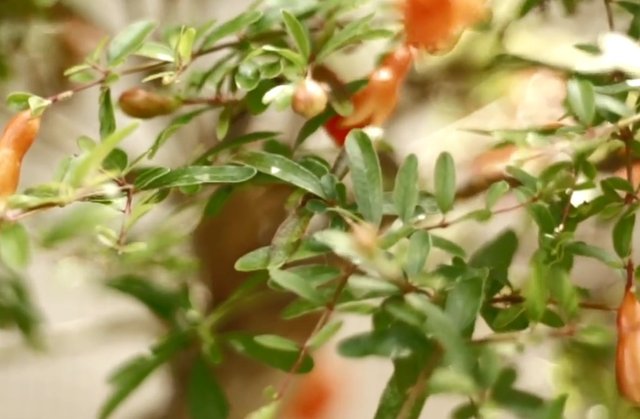
By applying bonsai techniques, the Pomegranate takes on very fascinating characteristics, especially as regards its branching which becomes very fine, if particular attention is paid to pruning the new shoots.
Its very hard wood allows you to make jins with great success.
Flowering and beautiful fruits complete the qualities of this tree.
Its peculiarities also make it one of the most suitable species to be processed as shohin, for which the dwarf variety of this plant is particularly suitable since it has small flowers and fruits.
Exposure.
Since he loves the sun very much, he derives the maximum benefit from direct irradiation; the ideal, however, is that it can also receive good ventilation.
It is very resistant even to the most intense summer heat, but suffers if subjected to the cold and especially to winter frosts: at the first drops in temperature the plant will have to be protected.
Watering.
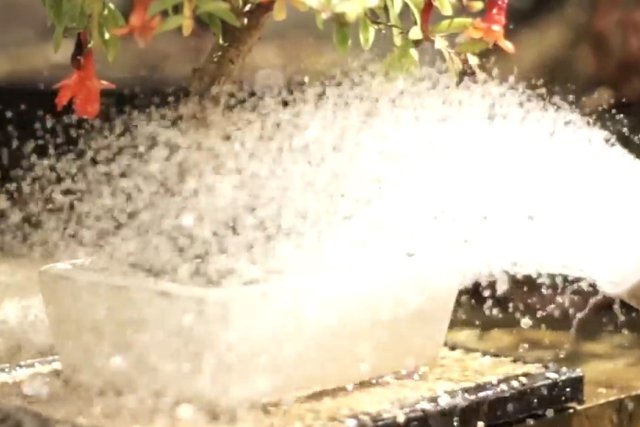
The soil in which the Pomegranate grows must not remain constantly humid, but it is essential to wet it well and abundantly: between one watering and the other, the soil must have time to dry out.
Excess watering must be avoided, otherwise it will manifest on the plant long and weak growth with yellow leaves. In the same way, even scarce waterings seriously damage the development of the plant: the leaves curl, drying on the edges, moreover the flowering is compromised.
Ground.
The best compound to use is made up of: 4/6 of akadama, 1/6 of soil, 1/6 of sand.
Repotting.
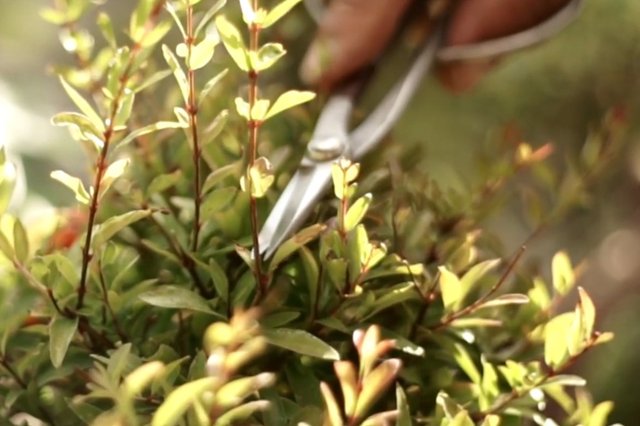
The ideal frequency for transplanting this species is every two to three years. If you repot a week after the plant has vegetated, the tree will not face any risk. Preferably choose rather deep pots and provided with many and large holes for a good drainage.
Pruning.
The two types of pruning that are practiced on the pomegranate are training and maintenance.
The first cuts large branches in early spring, when the tree has already vegetated, immediately covering the wounds with healing mastic. Formation pruning should be carried out only if it is absolutely necessary, since the Pomegranate has a strong tendency to withdraw sap precisely on the cuts of large branches.
Maintenance pruning is mainly applied to eliminate excess growth produced throughout the year: branches that cross, grow upwards or downwards or appear too long. The best time to do it is spring or mid-autumn, so that the cuts have time to close before the onset of winter.
Staple.
To carry out the stapling on this species, it must be considered that the flower appears at the ends of the new vegetations, so if you continuously intervene with the toppings you will not get the fruits, but on the other hand, if you did not staple, you would not be able to maintain the silhouette of the tree.
To properly staple the Pomegranate it is good to pay attention to its growth rate as a flower species. It is unlikely that from its flowers, which develop before June, fruits will be obtained, for this reason until the beginning of summer they will not be necessary and therefore it will be possible to deal with new growths, stapling in order to form new branches .
From the end of May / early June the branches will let themselves grow: by observing which ones bring the flower bud to the end, you choose those that interest the tree design, stapling the rest.
Wrapping.
In May-June the thread can be applied since this is the moment when the new growth is not yet totally lignified and therefore the branches can be curved more easily, avoiding the risk of breakage.
On this species, being rather delicate, the winding must be carried out with the utmost attention. It is recommended to use copper aluminum wire. When planning to wrap a large branch, it is best not to water the plant in the two days prior to work.
Composting.
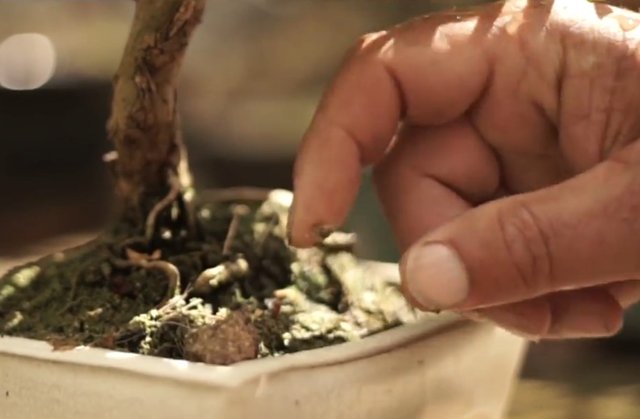
At the end of flowering, after pruning, administer Bonsan Stimulating Fertilizer combined with Bonsan Liquid Organic Fertilizer 3 times every 8-10 days. In other periods, use Bonsan Liquid Organic Fertilizer every 15 days until October, or Bonsan Hanagokoro Organic Solid Fertilizer every 15-25 days, excluding the period of July and August.
Twice a year (in autumn and at the end of winter) administer Bonsan Hanagokoro Organic Solid Fertilizer. To stimulate rooting, use Bonsan Organic Mineral Fluid Fertilizer with Bonsan B vitamins instead of Bonsan Organic Liquid Fertilizer.
Care.
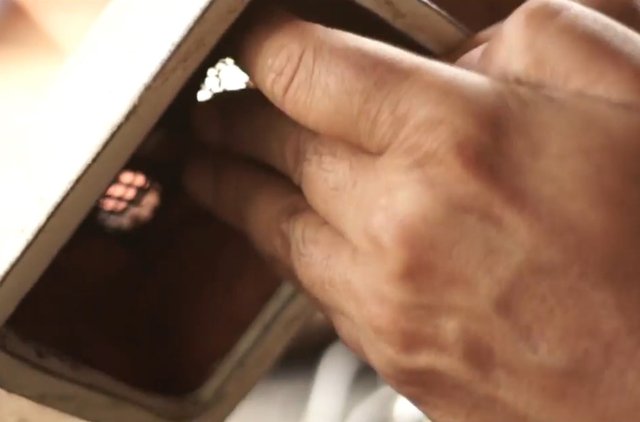
At the time of flowering, trees are more prone to attack by pests, but caution should be exercised when administering insecticide products, otherwise there is a risk of hindering natural pollination.
So it is advisable to apply preventive treatments, rather than having to intervene when the tree is in the flowering phase. This species can be mainly subject to white fly and red spider mite.
